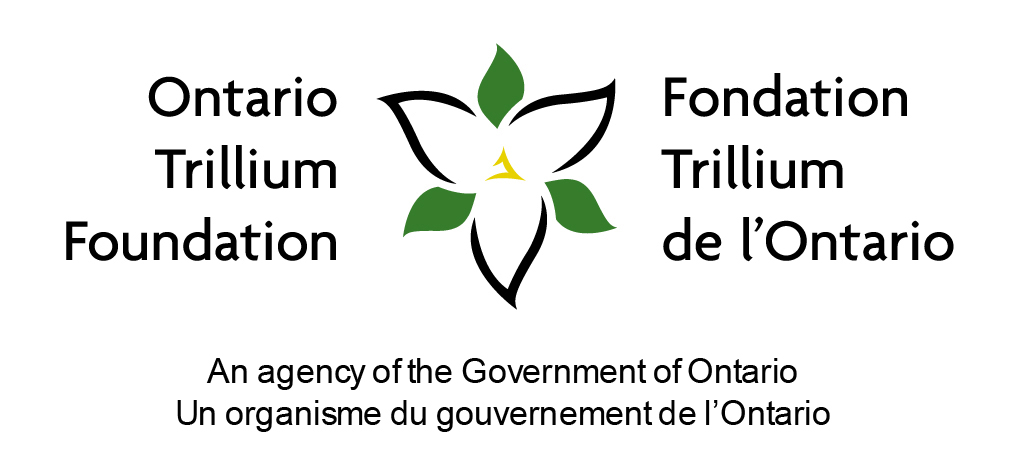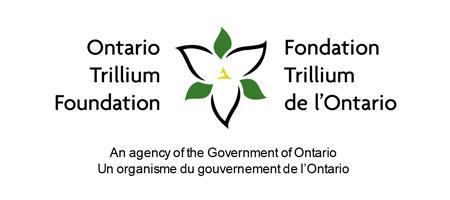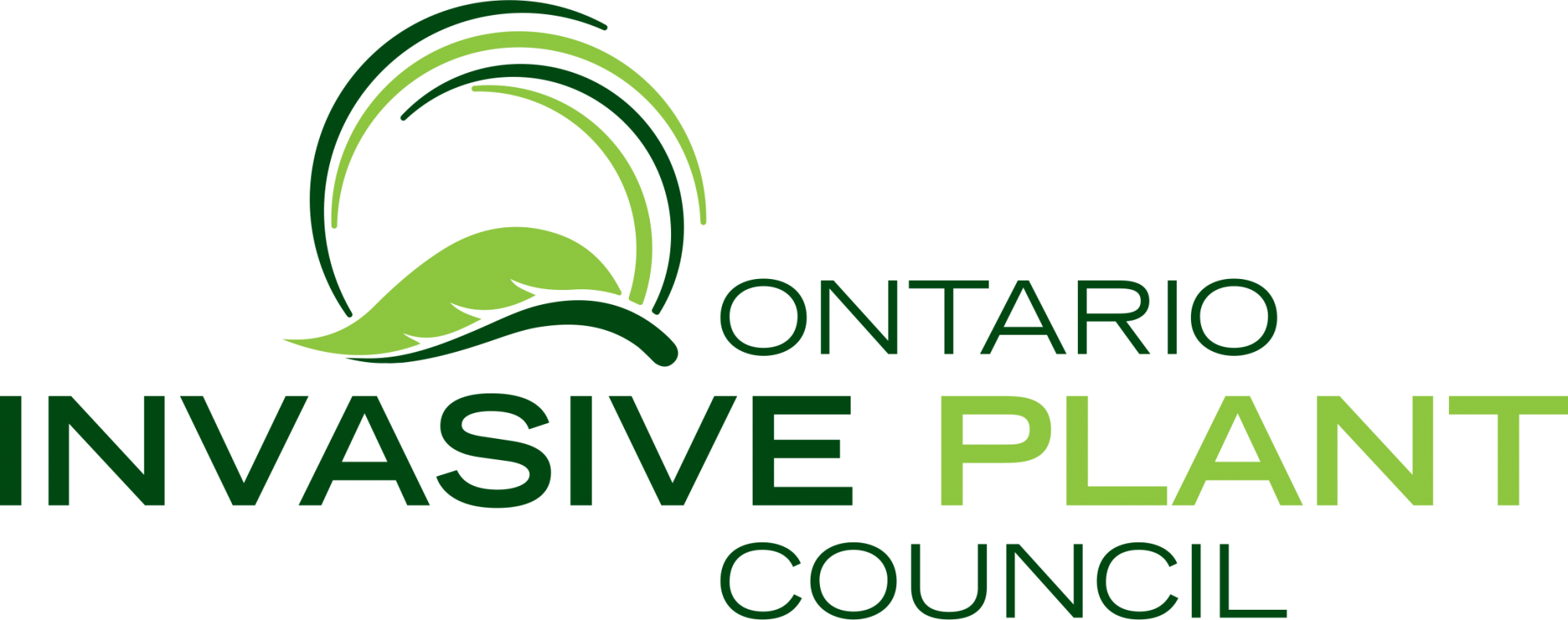Tracking the Big Picture
Watch the Webinar
Leveraging Natural Networks to Reverse the Trend of Habitat Loss in Carolinian Canada
Invitation to collaborate
Make History. Collaborate to grow a green future and reverse a centuries’ old trend of habitat loss.
Download our invitation to collaborate
This Project is Supported by the Ontario Trillium Foundation

In Ontario’s far south, Carolinian Canada’s network of partners is poised to reverse a centuries’ old trend of habitat loss. A growing body of research shows that natural infrastructure (i.e., natural heritage systems) is critical for ecosystem health, climate resilience and community well-being. Since 2000, when the visionary Big Picture "healthy ecosystems" strategy was developed by Carolinian Canada, there have been significant changes in land use, population growth, urban development, technology, updated biodiversity data, and new approaches to planning in southern Ontario. We also have a more sophisticated understanding of the relationships between healthy environments, healthy economies and healthy people. It is therefore time to update the Big Picture using the latest information, technology and methodologies, and the best analytic, planning and monitoring tools. To achieve its goals, the updated Big Picture will need to engage closely with sectors and communities not traditionally associated with natural heritage planning and conservation. To do this effectively, we are aligning with the principles of the “Collective Impact” approach, with the support of the Ontario Trillium Foundation (OTF). Carolinian Canada's Big Picture Collaborative will bring together leaders from diverse sectors to establish clear common goals, and to work closely with mutually reinforcing activities to re-establish healthy ecosystems and communities in the region. The Collaborative will also develop and apply a straightforward and meaningful measurement system to evaluate progress in meeting its long term goals.
The Big Picture Challenge
The Carolinian Zone is the most biodiverse and threatened ecoregion in Canada. The Big Picture Discussion Paper (Jalava 2015) shows we need to double existing natural infrastructure to meet recommended minimum targets for healthy landscapes. With over 150 species at risk, some of the best agricultural resources, a dense human population, and Canada's lowest levels of protected land (<3%), the challenge is huge. Carolinian Canada’s Big Picture strategy developed in 2000, has been widely adopted as an effective conservation approach for this complex working landscape. As a result, thousands of beneficial projects and hundreds of monitoring programs occur in the region today. But it is difficult to get a clear, comprehensive overview of all the good work being done, and to respond to the rapid shifts in knowledge, research, technology and communication of the present age. We aim to address these challenges and reverse the trend of habitat loss by collaborating with our many hundreds of allies to update the Big Picture together, to promote and guide its implementation, and to develop a straightforward monitoring program to evaluate progress. We believe this is the critical path to restoring and maintaining a healthy ecoregion today, and for generations to come.
Urgency
The timeline is shifting. The Big Picture was initiated with an understanding that change could come slowly over generations. Given new climate models and environmental health crises, this work needs to be accelerated. Current models predict that within 50 years, there will be significant biodiversity shifts. Yet few programs target minimal landscape health or function to mitigate or adapt to such shifts.
Ecosystem Recovery & Climate Resiliency Opportunities
Carolinian Canada’s network of partners is now ideally positioned to reverse the trend of habitat loss in the ecoregion by building on the success of the Big Picture strategy. As well, research is showing that natural infrastructure such as the Big Picture is a critical climate change strategy for healthy communities. The recently completed network of Conservation Action Plans (CAPs) brings together the actions of 150 partner groups, First Nations and municipalities for priority objectives that together address ecosystem recovery across 80% of this ecoregion, centered on 16 biodiversity hotspots. This program is the largest, most comprehensive active ecosystem recovery plan in Canada and Ontario in terms of biodiversity and people.

With your participation, we can start to increase habitat in this region after centuries of loss. In doing so, we would be in a much stronger position to close the gap to healthy landscapes. Together our network can collectively deliver and monitor a locally customized, effective approach to clean air, water, soil and healthy ecosystems in the face of climate change at a feasible scale.
Join the Big Picture CollaborativePartners for Healthy Landscapes in Canada’s deep south
|
Big Picture Collaborative
We invite you to join the Big Picture Collaborative to map out the next critical step towards healthy landscapes in Canada’s deep south. Together, we will:
- Identify collective metrics to track habitat, biodiversity, landscape health and climate resiliency in the ecoregion, with links to provincial, federal and global programs.
- Update the Big Picture strategy with shared targets for natural infrastructure in the face of climate change; growing community links to health and economy; and
- Develop a multi-stakeholder ecoregional monitoring framework using new technology and two-way information sharing to track progress at three scales (satellite data, Miradi for CAPs, citizen science)
- Use this platform to meaningfully support diverse leaders, public / private partnerships and landowners with accessible tools to respond to rapidly shifting challenges and opportunities on the landscape.
- Report, recognize, celebrate and share progress towards healthy landscapes across the Zone.
- Provide data for Ontario’s State of Biodiversity reporting and other monitoring programs.
- Assist other regions of Ontario interested in developing a similar model.
- Plan a sustainable collective coordinating hub to provide crucial data to inform existing projects and shape new ones to achieve Big Picture goals.
Timeline
-
Spring 2017 – Scoping Workshop (completed in June)
-
Fall 2017 – Evaluation of Options (with partners, collaborators, experts)
-
Spring 2018 - Framework for a 5-year program
- 2018 – 2023 - Implementation
Invitation
We invite partner groups to:
-
Sign on in principle
-
Provide feedback and input to key documents
-
Participate in workshops and webinars
-
Participate on steering committee
-
Contribute or link to data as the program unfolds
Contact us to start a conversation. Find out how this collective can inform /guide /track your habitat goals.
Background
Collective goal setting works
Carolinian Canada Coalition is a multi-sector network of partners advancing a collaborative conservation strategy in the Carolinian Zone. Together, we have used a collective impact approach for over 30 years.
-
1985: Our network set a joint goal of saving biodiversity in 38 critical unprotected natural areas. Together, we protected over 15,000 hectares, and engaged 300 landowners to sign natural heritage stewardship agreements in these critical signature sites.
-
2001: Our network set a collective goal of a stewarding a connected network of over 110 natural areas. Our Big Picture strategy has since been adopted in every part of the zone by diverse stakeholders and incorporated into some municipal plans.
-
2010-2015: Our network collectively identified 130 priority ecosystem recovery objectives in Conservation Action Plans for biodiversity hotspots. 150 groups and municipalities officially committed to implementation. 80% of these objectives were in progress in 2014. Securing capacity to continue monitoring and adaptively manage the objectives is currently a priority.
- 2016: We cannot manage what we do not measure. Our network is calling for a progress report to inform existing programs and an updated strategy.
Readiness
-
Our network has the plans, partners and priority objectives in place for coordinating the Big Picture and developing a large-scale monitoring program that links on-ground work to provincial and global goals.
-
We are part of the international network of conservation action planning known as “Open Standards” that can provide training, resources and technology to monitor and update CAPs efficiently.
-
We are the longest running ecoregional program in Ontario with 30 years of networking experience and are widely recognized as a neutral gathering place for diverse land management sectors to work on a joint agenda for healthy landscapes.
-
Conservation Action Plans (CAPs), Go Wild Grow Wild https://caroliniancanada.ca/expo, Landowner Leaders, In the Zone and other collaborative ecosystem recovery programs link partners and target audiences (rural, urban, trail, corporate, First Nations, municipalities, youth) to translate CAP objectives to on-ground action.
-
We are aligned with the goals of the Ontario Biodiversity Council http://ontariobiodiversitycouncil.ca/ and international biodiversity goals.









